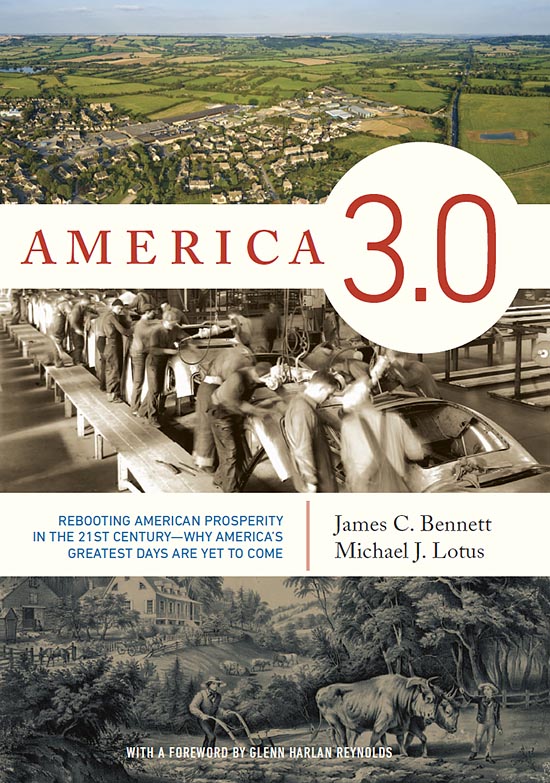I saw the movie “Inequality for All” starring Robert Reich, the former labor secretary for Bill Clinton and a very short guy (he’s 4′ 11″) who is pretty personable and funny. Reich uses his day job as a university professor while teaching a class to illustrate his thoughts on inequality from the movie.
In the movie he attempts to link:
– decline in average wages, in “real” terms (adjusted for inflation)
– growth in the highest wages (the top 1%)
– with various factors, including globalization, automation, declines in unions, and the financial bubble
– income inequality with lower marginal tax rates on the rich
There are certainly some concepts in here than anyone can agree with. It would be good if more people in the USA earned a higher salary, had better educations, and were more productive.
In the movie he mentions Warren Buffett, who famously pays a lower marginal tax rate than everyone else in his office, which is due to the fact that he receives long term capital gains and dividend income which are taxed at a lower rate. This is grist for the “raise taxes on the wealthy” discussion, as Buffett plays the likable old man. However, what he fails to mention is that Warren Buffett is the very candidate that the ESTATE TAX is designed to catch… rather than nickel and dime him every year on his assets as they rise in value (and cause friction and force him to sell them off to meet the tax bill), the estate tax would be levied on the super rich and it would effectively make up for the lower marginal rate during his lifetime by taxing increases on his wealth at a rate of 40%, for all amounts greater than about $5M. However, Warren Buffett is choosing to “evade” these taxes by setting up trusts and / or giving it away to his favorite causes; if Warren couldn’t avoid his estate tax through these loopholes (the same way you or I can’t avoid the payroll or sales taxes) then 40% of his $60B estate ($24B) would go to the Federal government, to fund the “investments in people” that Robert Reich is so passionate about. Funny that Reich didn’t call that out (didn’t follow his narrative, apparently).
Another element he fails to mention is the growth in illegal immigration in the USA, and the havoc that this causes with unskilled labor (as they are willing to work for far less). It is funny because two professions he specifically mentions, meat packing and short order cooks, are magnets for immigrants and their arrival is a direct cause for falling wages in these fields. Not surprisingly, Reich didn’t want to alienate a core Democratic group.
There is a rich “pillow manufacturer” who makes $10M+ / year who also describes how ridiculous it is in his opinion that his marginal rate isn’t higher. That same entrepreneur says that he invests in “funds of funds” and due to this he makes money without creating any jobs. That is quite a statement – what do you think those hedge funds invest in? They invest in commodities, stocks, real estate and debt (I’m assuming). When you are an investor and you provide money for stock and debt you are supporting companies that, in turn, hire staff. I can’t believe that Reich let this comment slide, but since it was what Reich wanted to hear, why interject?

